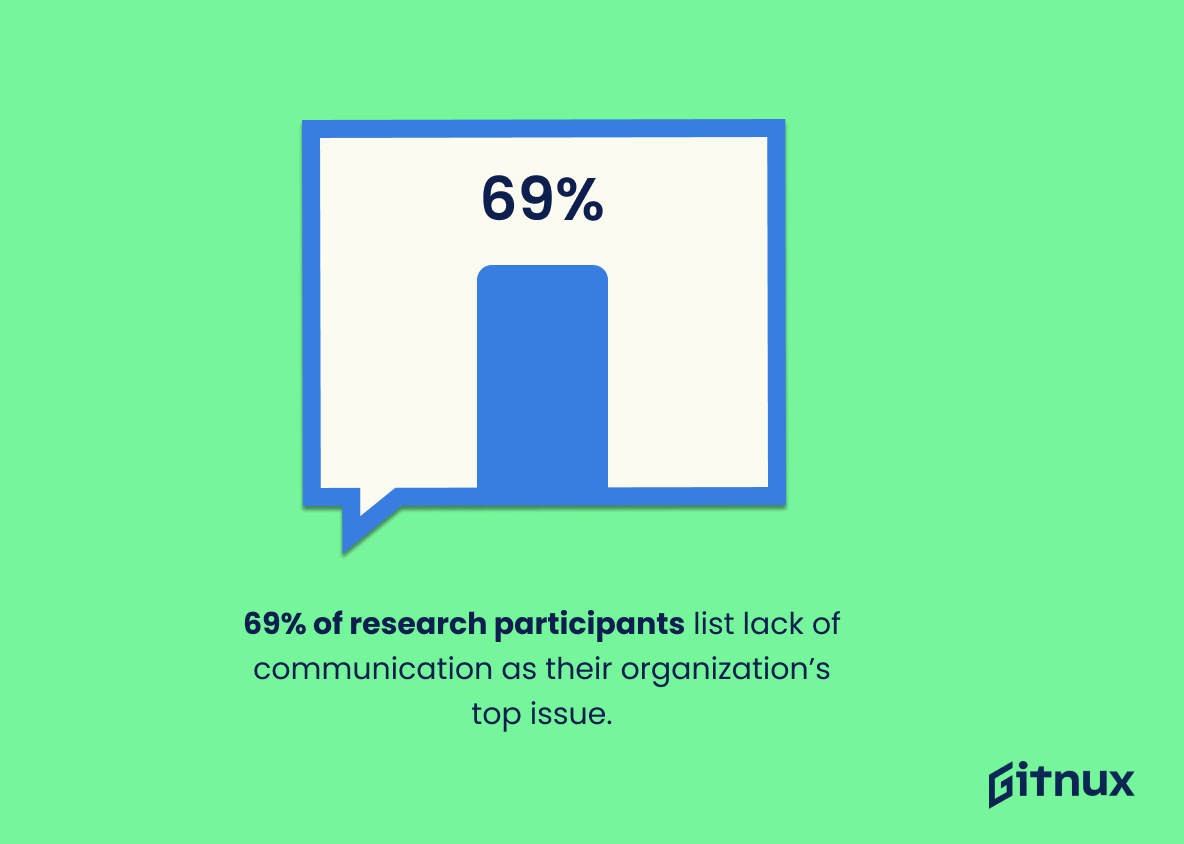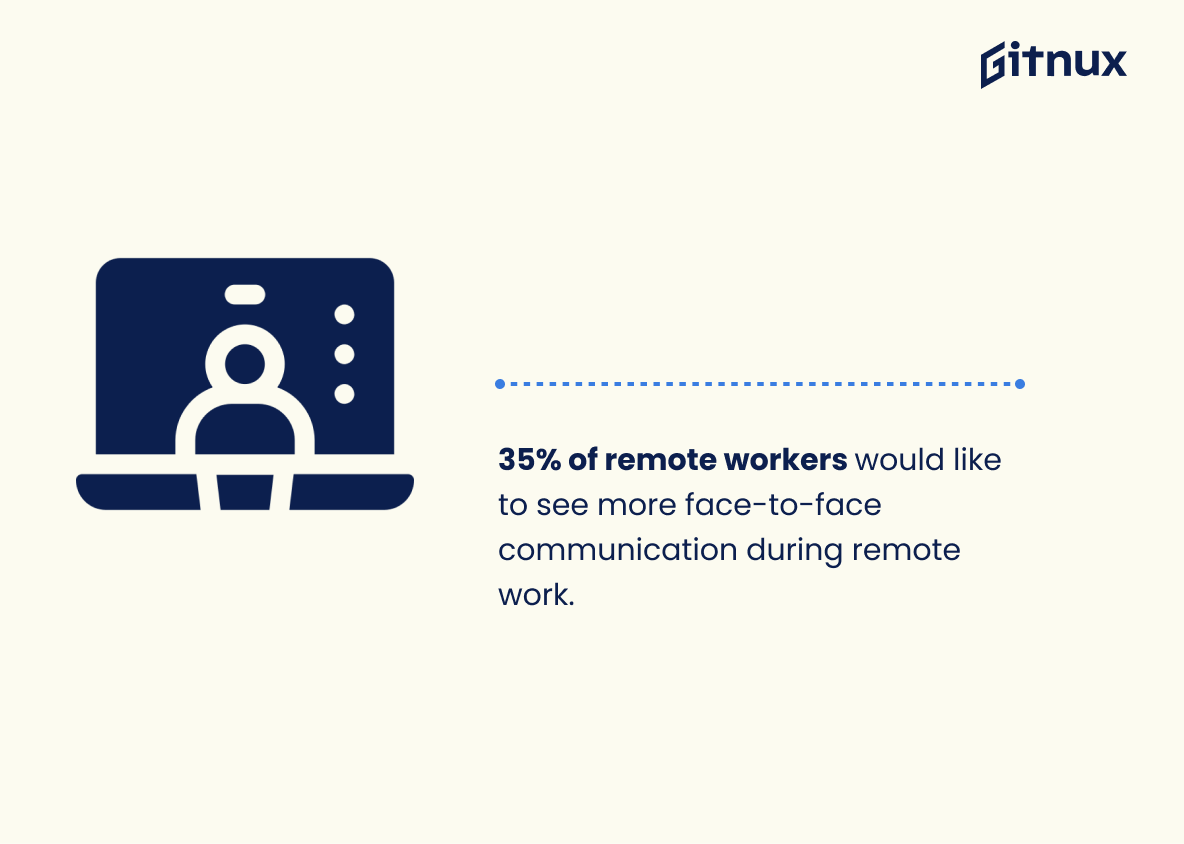Effective workplace communication is crucial for business success, significantly impacting employee satisfaction and productivity. Notably, 86% of employees and executives link workplace failures to poor collaboration or communication. Furthermore, empathetic communication is valued by 96%, enhancing workplace interactions. Highly effective communicators in companies yield 47% higher returns for shareholders. Communication directly influences productivity, as 74% acknowledge, and 75% now prioritize teamwork more. However, over 50% see room for improvement in internal communications, and 57% often receive unclear instructions from management.
Around 69% feel uncomfortable communicating with managers, and 88% face miscommunication in remote work settings. Additionally, 81% of employers emphasize the importance of verbal skills. The lack of collaboration tools and insufficient collaboration within organizations cost businesses $37 billion annually. Moreover, 97% of remote workers desire better video conferencing tools, and 55% would consider leaving their job for greater transparency. Overall, 80% believe that improved communication leads to better performance. These statistics underscore the critical role of effective communication in today’s workplaces. Let’s take a closer look at the most important statistics about workplace communication.
This statistic is a powerful indicator of the importance of effective communication in the workplace. It highlights the fact that when communication is lacking or ineffective, workplace failures are more likely to occur. This statistic is a reminder that communication is a key factor in the success of any organization, and that investing in communication strategies can help to ensure that workplace goals are achieved.
96% of employees believed that showing empathy is an essential quality to improve workplace communication.
This statistic is a powerful indicator of the importance of empathy in the workplace. It shows that the vast majority of employees recognize the value of being understanding and compassionate towards their colleagues in order to foster better communication. This statistic is a strong reminder that empathy is a key factor in creating a productive and positive work environment.
Workplace Communication Statistics Overview
75% of workers value teamwork and collaboration more now than they did previously.
This statistic is indicative of a larger trend in the workplace: the importance of teamwork and collaboration is on the rise. This shift in attitude is likely due to the fact that collaboration and teamwork can lead to more efficient and effective work, as well as a more positive work environment. As such, this statistic is an important one to consider when discussing workplace communication statistics, as it speaks to the changing dynamics of the workplace.
Over 50% of employees feel that communication within their workplace is a problem.
This statistic is a stark reminder that workplace communication is a major issue for many employees. It highlights the need for employers to take steps to improve communication within their organization, as it can have a significant impact on employee morale and productivity. It also serves as a warning that if communication issues are not addressed, it could lead to a decrease in employee engagement and satisfaction.
32% of professionals do not use any collaboration tools for communication with their colleagues.
This statistic is a telling indication of the current state of workplace communication. It suggests that a significant portion of professionals are not taking advantage of the tools available to them to facilitate communication with their colleagues. This could lead to a lack of efficiency and productivity in the workplace, as well as a lack of connection between colleagues. As such, this statistic is an important reminder of the need for organizations to invest in collaboration tools to ensure effective communication between employees.
39% of surveyed employees believe people in their organization don’t collaborate enough.
This statistic is a telling indication of the need for improved communication in the workplace. It suggests that a significant portion of employees feel that collaboration is lacking, which could be a sign of a larger issue with communication. This statistic is an important reminder that organizations should strive to create an environment where employees feel comfortable and encouraged to collaborate.
Poor communication costs businesses $37 billion per year.
This statistic is a stark reminder of the immense financial burden that poor communication can have on businesses. It serves as a powerful illustration of the importance of effective communication in the workplace, and the potential consequences of failing to do so. It is a compelling argument for investing in strategies to improve communication in the workplace, and a reminder of the need to stay vigilant in order to ensure that communication remains effective.
97% of remote workers believe that communication could be improved by using video conferencing tools.
This statistic is a powerful indicator of the need for improved communication in the workplace, particularly for remote workers. It suggests that the majority of remote workers feel that their communication could be improved with the use of video conferencing tools. This highlights the importance of having effective communication tools in place to ensure that remote workers are able to stay connected and collaborate effectively. This statistic is an important reminder that workplace communication should be a priority for businesses, especially those with remote workers.
69% of research participants list lack of communication as their organization’s top issue.
This statistic is a powerful indicator of the importance of communication in the workplace. It shows that a vast majority of research participants recognize the need for better communication in their organizations, and that it is a major issue that needs to be addressed. This statistic is a clear call to action for employers to prioritize communication in the workplace and to take steps to improve it.
35% of remote workers would like to see more face-to-face communication during remote work.
This statistic is a telling indication of the importance of face-to-face communication in the workplace, even when employees are working remotely. It suggests that remote workers still crave the personal connection that comes with in-person conversations, and that employers should make an effort to provide this type of communication when possible. This statistic is a reminder that, even in the digital age, human connection is still essential for successful workplace communication.
Conclusion
It is clear from these workplace communication statistics that effective and efficient communication in the workplace is essential for success. Poor or ineffective communication can lead to costly mistakes, decreased productivity, low morale among employees, and even high turnover rates. Companies should strive to create an environment of open dialogue between all levels of staff so that everyone feels heard and respected.
Additionally, companies should invest in tools such as video conferencing software which allow remote workers to stay connected with their colleagues while also providing non-verbal cues like facial expressions which are important components of successful collaboration. By taking steps towards improving workplace communications now, businesses will be better positioned for long term growth and success.
References
0. – https://www.salesforce.com
1. – https://www.queensu.ca
2. – https://www.uptickapp.com
3. – https://www.proofhub.com
4. – https://www.buffer.com
5. – https://www.owllabs.com
6. – https://www.shrm.org
7. – https://www.slack.com
8. – https://www.agileconnection.com
9. – https://www.businesssolver.com
ZipDo, cited June 2023: Workplace Communication Statistics








